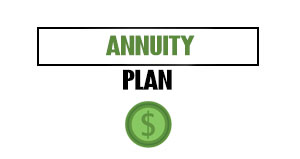The Federal Reserve lowered the federal funds rate during its September meetings, marking a shift in monetary policy that could soon benefit consumers through reduced interest rates across various financial products.
This decision by the central bank represents its first rate cut after a prolonged period of increases aimed at combating inflation. The move suggests the Fed’s confidence that inflation pressures have eased enough to begin loosening monetary policy.
What This Means for Consumers
The federal funds rate serves as a benchmark that influences many consumer interest rates. With this reduction, Americans may soon experience relief in several key areas:
- Credit card interest rates could decrease in the coming billing cycles
- Auto loan rates may become more affordable
- Home equity lines of credit will likely see lower rates
- New mortgage rates might drop further
However, experts caution that the impact won’t be immediate across all financial products. Credit card rates, which currently average over 20%, may take several billing cycles to reflect the change. Fixed-rate loans, including most mortgages, won’t automatically adjust for existing borrowers.
Economic Implications
The Fed’s decision signals its assessment that the economy needs support. Rate cuts typically aim to stimulate economic activity by making borrowing less expensive for businesses and consumers alike.
“The rate cut reflects the Fed’s growing concern about economic momentum rather than continued focus on fighting inflation,” said Sarah Johnson, chief economist at Capital Economics. “This shift prioritizes protecting employment and economic growth.”
Financial markets responded positively to the announcement, with stocks gaining ground as investors anticipated improved business conditions and consumer spending.
Banking Sector Response
Banks and lenders will likely adjust their prime rates—the interest rate they charge their most creditworthy customers—in response to the Fed’s move. This prime rate directly affects many consumer loans, particularly variable-rate products.
For savers, however, the news is less favorable. Interest rates on savings accounts, certificates of deposit, and money market accounts may decline in the coming weeks, potentially reducing returns on cash holdings.
Credit unions and online banks, which typically offer more competitive rates, may maintain higher yields longer than traditional banks as they compete for deposits.
The timing of this rate cut aligns with the approaching holiday shopping season, potentially giving consumers more breathing room in their budgets through reduced borrowing costs.
Economists will be watching closely to see if this monetary easing achieves its intended effect of supporting economic growth without reigniting inflation pressures that the Fed has worked to contain over the past two years.















